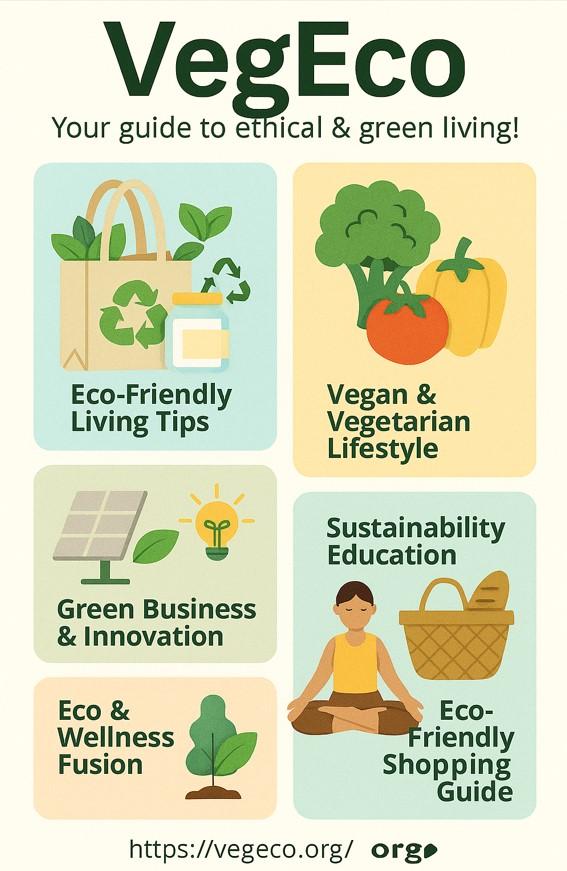The Power of Renewable Resources: A Path to Sustainable Energy
Body

As the world faces the daunting challenge of climate change and dwindling fossil fuel reserves, the importance of renewable resources has never been more pronounced. Renewable resources, derived from naturally replenishing processes, offer a sustainable alternative to traditional energy sources. This article explores the various types of renewable resources, their benefits, and the role they play in fostering a sustainable future.
Understanding Renewable Resources
Renewable resources are energy sources that can be replenished naturally over short periods. Unlike fossil fuels, which take millions of years to form, renewable resources are constantly available and include solar, wind, hydroelectric, geothermal, and biomass energy. These resources harness natural processes to generate energy, significantly reducing environmental impacts.
Types of Renewable Resources
- Solar Energy: Solar energy captures sunlight using photovoltaic cells or solar thermal systems. It is one of the most abundant energy sources available, capable of meeting global energy needs many times over. Solar power is versatile, powering homes, businesses, and even large-scale solar farms.
- Wind Energy: Wind energy harnesses the power of wind through turbines to generate electricity. Wind farms can be located on land or offshore, where wind speeds are typically higher. As technology advances, wind energy has become one of the fastest-growing sources of electricity globally.
- Hydroelectric Power: Hydroelectric power generates electricity by harnessing the energy of flowing water, typically from rivers or dams. It is a reliable and efficient source of energy, providing a significant portion of the world’s electricity. However, it requires careful management to minimize ecological impacts on aquatic ecosystems.
- Geothermal Energy: Geothermal energy taps into the Earth’s internal heat, utilizing steam or hot water from geothermal reservoirs to generate electricity or provide direct heating. This resource is particularly effective in regions with high volcanic activity, such as Iceland and parts of the United States.
- Biomass Energy: Biomass energy comes from organic materials, such as plant and animal waste. It can be converted into biofuels or used directly for heating and electricity generation. Biomass is considered renewable when sourced sustainably, as it can help reduce waste and promote carbon neutrality.
Benefits of Renewable Resources
- Environmental Impact: One of the most significant advantages of renewable resources is their minimal environmental impact compared to fossil fuels. They produce little to no greenhouse gas emissions, helping to combat climate change and improve air quality. Transitioning to renewable energy can significantly reduce our carbon footprint.
- Energy Independence: Renewable resources can enhance energy security by reducing dependence on imported fossil fuels. Countries can harness their natural resources, leading to greater energy independence and stability in energy prices.
- Job Creation: The renewable energy sector has become a major source of job creation worldwide. From manufacturing and installation to maintenance and research, the shift toward renewable resources creates millions of jobs, contributing to economic growth.
- Sustainable Development: Renewable resources support sustainable development by providing energy access to underserved communities. Microgrid systems powered by renewable energy can bring electricity to remote areas, improving living standards and fostering economic opportunities.
- Technological Innovation: The renewable energy sector is a hotbed of technological innovation. Advances in energy storage, smart grids, and energy efficiency continue to improve the viability and accessibility of renewable resources, driving further investment and development.
Challenges and Considerations
While the benefits of renewable resources are clear, challenges remain. The intermittency of solar and wind energy requires advancements in energy storage and grid management to ensure a reliable energy supply. Additionally, the initial investment for renewable energy infrastructure can be high, although costs have been decreasing steadily.
It is also crucial to consider the environmental and social impacts of renewable energy projects. Proper planning and community involvement are essential to mitigate any negative effects, particularly in sensitive ecosystems or areas with existing communities.
Conclusion
Renewable resources represent a vital component of a sustainable energy future. By harnessing the power of the sun, wind, water, and organic materials, we can significantly reduce our environmental impact while meeting the world’s growing energy demands.
Transitioning to renewable energy requires collective action from individuals, businesses, and governments. By investing in renewable technologies and supporting sustainable practices, we can pave the way for a cleaner, healthier, and more sustainable planet. The future of energy lies in our ability to embrace renewable resources and make conscious choices for the environment.








Comments